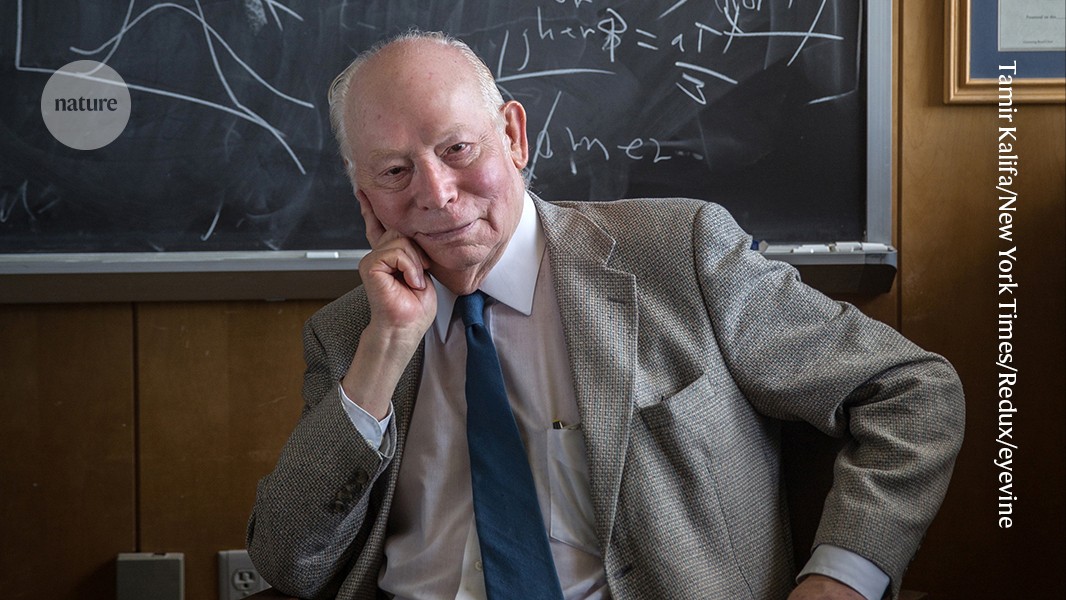WWW.BUSINESSINSIDER.COM
New York City is still the center of the hedge fund universe. Here are the numbers.
A review of regulatory filings of the biggest multimanagers reveals New York's continued supremacy.Managers like Citadel and Balyasny have most of their PMs in New York, even if they are headquartered elsewhere.Despite interest in places like Miami, investing talent remains in established locales.This week, the $4.5 trillion hedge fund industry is gathered in Miami for iConnections' annual Global Alts conference. Nearly all of them will leave the Magic City after the conference concludes.While some big names have fled high-tax cities like New York and Chicago for sunny spots like Miami and West Palm Beach, especially amid the pandemic-era buzz over Wall Street South, the data show that New York is still the place to be for money-managing talent.Regulatory filings for the industry's largest multimanagers, including Citadel, Millennium, and Point72, show that a vast majority of those who "perform investment advisory functions" work from the Big Apple. Including the three aforementioned managers as well as Balyasny, Schonfeld, ExodusPoint, Verition, Walleye, and Hudson Bay, more than 75% of investing talent works in New York, a Business Insider review of ADVs and internal metrics from certain funds show.(Story continues after graphic. The ADVs, while updated throughout the year, show a snapshot of the investing head count for each firm from March, so the data reflects firms' staffing from last spring.)Even managers not based in New York such as Citadel, Point72, Verition, Hudson Bay, and Balyasny have more investing talent in Gotham than their respective headquarters in Florida, Connecticut, and Illinois. Walleye, which was once based in Minnesota and still has 21 investors in Minneapolis, moved its headquarters to New York at the end of 2023 and now has dozens more traders there than any other office."It's an apprenticeship business," Adam Kahn, founder of headhunter firm Odyssey Search Partners, told Business Insider. "For the most part, the opportunity to surround yourself with the best people is going to be in major money centers.""If you want to sit next to your PM, you need to be where your PM is," he said. And while there are senior leaders who have decamped to sunnier, cheaper spots around the country, New York, Chicago, and San Francisco still have a significant concentration of people.Greenwich and Stamford, a pair of bedroom communities of the New York metro, have also continued to be important centers of gravity for hedge funds, which have become a part of the social fabric of these Connecticut towns.Citadel's talent breakdown, according to its ADV showing data from last March, is interesting given the firm's billionaire founder's preference for Miami. Ken Griffin, who is originally from Florida, moved his firm's headquarters south from Chicago in 2022 and has commented that one day, the city could surpass New York as a financial center though he still referred to Manhattan as the "epicenter of thoughtful people passionately engaged in their careers" in 2023.While Griffin and some of his executives, including chief risk officer Joanna Welsh and commodities head Sebastian Barrack, have relocated, the firm's investing talent has not yet moved en masse to Florida.The data showed that more investment-focused staffers were based in the firm's two Texas offices, Houston and Dallas, than in its two Sunshine State offices, Miami and Tampa. The $66 billion fund has more investors in each of its two New York offices as well as its Greenwich, Chicago, and San Francisco offices than it did in its Miami outpost last March. (Story continues below the graphic)A person close to the manager said the firm is committed to Miami and plans to break ground on its new 54-story waterfront building that will serve as company headquarters sometime later this year or early next year."We've welcomed roughly 400 team members to this vibrant city since establishing the firms' global headquarters here in 2022, and we have exciting plans to keep growing our presence in the months and years to come," a statement from the firm reads. The 400 people include employees from both Citadel and Citadel Securities, Griffin's market maker.Can always catch a flightInvestors on the ground for these managers say different locations provide different benefits. Stockpickers focused on certain industries, like energy or technology, find places like Houston and San Francisco useful to be plugged into the companies they invest in. Quants who do not need to meet with corporate leaders to run their strategies say they're generally more flexible about where they can work than stockpickers who want to hear directly from CEOs.Meanwhile, young analysts working for portfolio managers based in Connecticut offices often reverse commute from New York to places like Greenwich or Stamford so they can still enjoy the nightlife and culture of the Big Apple.The ongoing talent war for top-shelf PMs means funds are generally more flexible on location, said Vikram Tandon, the head of Durlston Partners US, a recruiting firm. But that flexibility has a limit."The only people who demand to be somewhere and get it are the senior people who are setting up a whole team," Tandon said.This isn't to say Florida isn't on the rise. Data from hedge-fund seeder Borealis Strategic Partners shows that 11% of US hedge fund launches in 2024 were in Florida, compared to just 3% in 2020. The Tri-State area was at 52%, down from 56% the year prior, according to Borealis.Two portfolio managers who moved to Miami and West Palm in recent years for two different multimanagers told BI that it's been a net positive for them and their families.Plus, one of these PMs said, "It's only a two-hour flight back to New York."
0 Comentários
0 Compartilhamentos
148 Visualizações









